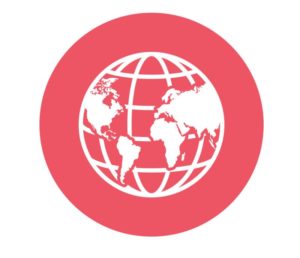The United Nations High Commissioner for Refugees (UNHCR) has launched a new version of its biometric ID card.
 The card has been rolled out gradually over the past year or so, having expanded from a pilot project in a Malawi refugee camp to further deployments in Thailand and South Sudan. This approach has allowed the UNHCR to refine its technology, with Senior Protection Officer (Oversight) Michael Wells telling the New Straits Times that the UNHCR “identified the weaknesses of the old card, which was easier to replicate,” calling the new card “state-of-the-art technology, one of the highest and best globally, backed with a retina, 10 fingers and face scan.”
The card has been rolled out gradually over the past year or so, having expanded from a pilot project in a Malawi refugee camp to further deployments in Thailand and South Sudan. This approach has allowed the UNHCR to refine its technology, with Senior Protection Officer (Oversight) Michael Wells telling the New Straits Times that the UNHCR “identified the weaknesses of the old card, which was easier to replicate,” calling the new card “state-of-the-art technology, one of the highest and best globally, backed with a retina, 10 fingers and face scan.”
In Malaysia, the card was launched alongside a mobile app called UNHCR VERIFY-MY, which is designed to let authorities scan the SQR code on the back of a given card and verify its authenticity. The UNHCR’s special effort in this region appears to follow from its previous urgings of the government to adopt biometric ID cards for refugees fleeing to Malaysia from Myanmar.
The card’s launch comes at a time when the UNHCR is trying to raise awareness about the issue of displaced populations, which has been exacerbated by recent conflict and instances of persecution. At the end of last year, 65.3 million people were displaced—”the highest level ever recorded and representing immense human suffering,” the agency said in a statement. Biometric identification technologies are seen as one means of coping with the crisis.
Sources: New Straits Times, UNHCR
–
June 21, 2016 – by Alex Perala


Follow Us